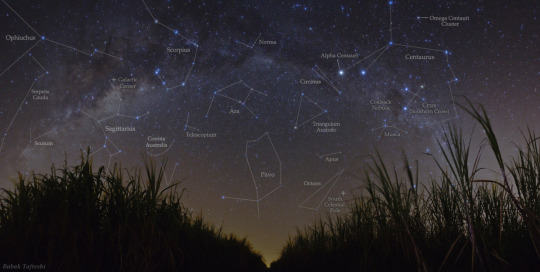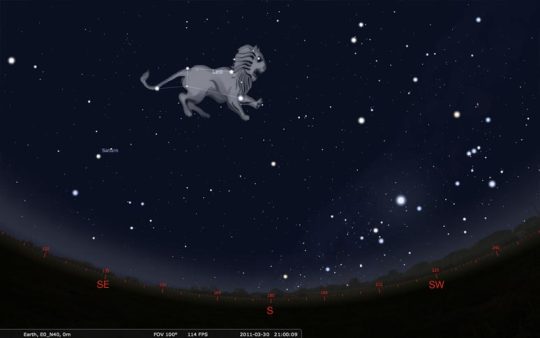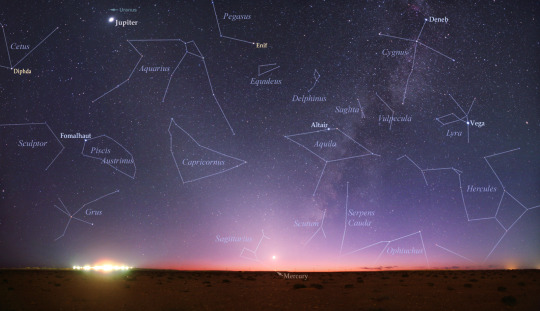“Good thoughts and actions can never produce bad results; bad thoughts and actions can never produce good results…We understand this law in the natural world, and work with it; but few understand it in the mental and moral world – although its operation there is just as simple and undeviating – and they, therefore, do not cooperation with it.” – James Allen
Don't wanna be here? Send us removal request.
Photo

Milford Sound - New Zealand (by Pedro Szekely)
435 notes
·
View notes
Photo

Villacher Alpenstraße - Austria (by Anna Jewels (@earthpeek))
https://instagram.com/earthpeek
296 notes
·
View notes
Text
youtube
Yeah!
0 notes
Photo

Beautiful #sunset 🌇 U took the other day. Forgot to upload it. 😄 #nature #sunset #beauty #clouds #sky #amazing https://www.instagram.com/p/CC9-V2AnxDb/?igshid=kb2ok9hxgmv9
0 notes
Photo

Made these a couple of weeks back. #kielbasasausage #tomatoes🍅 #mexicanamerican🇲🇽🇺🇸 #rice #dankenstein #flatbreadwraps #beans #savory So freaking good! 👍 #cheflife🔪 #chefjones https://www.instagram.com/p/CC7AvbHnvyK/?igshid=8q4p5sij0cf6
#kielbasasausage#tomatoes🍅#mexicanamerican🇲🇽🇺🇸#rice#dankenstein#flatbreadwraps#beans#savory#cheflife🔪#chefjones
0 notes
Photo

Beautiful #butterfly #insects #nature https://www.instagram.com/p/CC7ADSfnt_W/?igshid=1xvpejro067sx
0 notes
Text
Constellations and the Calendar
Did you recently hear that NASA changed the zodiac signs? Nope, we definitely didn’t…
…Here at NASA, we study astronomy, not astrology. We didn’t change any zodiac signs, we just did the math. Here are the details:
First Things First: Astrology is not Astronomy…
Astronomy is the scientific study of everything in outer space. Astronomers and other scientists know that stars many light-years away have no effect on the ordinary activities of humans on Earth.
Astrology, meanwhile, is something else. It’s the belief that the positions of stars and planets can influence human events. It’s not considered a science.

Some curious symbols ring the outside of the Star Finder. These symbols stand for some of the constellations in the zodiac. What is the zodiac and what is special about these constellations?

Imagine a straight line drawn from Earth though the sun and out into space way beyond our solar system where the stars are. Then, picture Earth following its orbit around the sun. This imaginary line would rotate, pointing to different stars throughout one complete trip around the sun – or, one year. All the stars that lie close to the imaginary flat disk swept out by this imaginary line are said to be in the zodiac.

The constellations in the zodiac are simply the constellations that this imaginary straight line points to in its year-long journey.
What are Constellations?
A constellation is group of stars like a dot-to-dot puzzle. If you join the dots—stars, that is—and use lots of imagination, the picture would look like an object, animal, or person. For example, Orion is a group of stars that the Greeks thought looked like a giant hunter with a sword attached to his belt. Other than making a pattern in Earth’s sky, these stars may not be related at all.

Even the closest star is almost unimaginably far away. Because they are so far away, the shapes and positions of the constellations in Earth’s sky change very, very slowly. During one human lifetime, they change hardly at all.
A Long History of Looking to the Stars
The Babylonians lived over 3,000 years ago. They divided the zodiac into 12 equal parts – like cutting a pizza into 12 equal slices. They picked 12 constellations in the zodiac, one for each of the 12 “slices.” So, as Earth orbits the sun, the sun would appear to pass through each of the 12 parts of the zodiac. Since the Babylonians already had a 12-month calendar (based on the phases of the moon), each month got a slice of the zodiac all to itself.

But even according to the Babylonians’ own ancient stories, there were 13 constellations in the zodiac. So they picked one, Ophiuchus, to leave out. Even then, some of the chosen 12 didn’t fit neatly into their assigned slice of the pie and crossed over into the next one.

When the Babylonians first invented the 12 signs of zodiac, a birthday between about July 23 and August 22 meant being born under the constellation Leo. Now, 3,000 years later, the sky has shifted because Earth’s axis (North Pole) doesn’t point in quite the same direction.

The constellations are different sizes and shapes, so the sun spends different lengths of time lined up with each one. The line from Earth through the sun points to Virgo for 45 days, but it points to Scorpius for only 7 days. To make a tidy match with their 12-month calendar, the Babylonians ignored the fact that the sun actually moves through 13 constellations, not 12. Then they assigned each of those 12 constellations equal amounts of time.
So, we didn’t change any zodiac signs…we just did the math.
Make sure to follow us on Tumblr for your regular dose of space: http://nasa.tumblr.com
8K notes
·
View notes
Text
youtube
Just go with it

#music is life#right in the feels#classic rock#i can't even#to perfect#soul food#so good#ahhhh#journey#Youtube
1 note
·
View note
Text
Do you really want
To hurt me?
Do you really want to
Make me cryyy?

0 notes
Text
youtube
Teeyee
1 note
·
View note
Photo


The Legend of Zelda: Link’s Awakening on Nintendo Switch
7K notes
·
View notes
Text
Just beautiful


“𝙷𝚒𝚐𝚑 𝚂𝚙𝚒𝚛𝚒𝚝𝚜“, 𝟸𝟶𝟸𝟶 | 𝚊𝚌𝚛𝚢𝚕𝚒𝚌 𝚒𝚗 𝟷𝟸𝚡𝟷𝟸 𝚋𝚕𝚊𝚌𝚔 𝚌𝚊𝚗𝚟𝚊𝚜
𝚃𝚑𝚎 𝙾𝚌𝚎𝚊𝚗𝚜
𝑇ℎ𝑒 ℎ𝑎𝑝𝑝𝑖𝑛𝑒𝑠𝑠 𝑏𝑟𝑜𝑢𝑔ℎ𝑡 𝑡𝑜 𝑢𝑠 𝑏𝑦 𝑡ℎ𝑒 𝑠𝑒𝑎


“𝚝𝚑𝚎 𝚍𝚊𝚛𝚔 𝚜𝚎𝚊“ (𝚕𝚎𝚏𝚝); “𝚜𝚞𝚗𝚍𝚘𝚠𝚗“ (𝚛𝚒𝚐𝚑𝚝)
𝚊𝚌𝚛𝚢𝚕𝚒𝚌 𝚒𝚗 𝟷𝟸𝚡𝟷𝟸 𝚋𝚕𝚊𝚌𝚔 𝚌𝚊𝚗𝚟𝚊𝚜
14 notes
·
View notes
Text
Keewwll

9-7-20
127 notes
·
View notes
Text
youtube
Daaayyuummm guuurrll!

0 notes
Photo
I know we have warp drives NASA! Quit fucking around already.


Whilst practicing solar distancing, Parker Solar Probe caught this rare glimpse of the twin tails on comet NEOWISE.☄
The twin tails are seen more clearly in this WISPR instrument processed image, which increased contrast and removed excess brightness from scattered sunlight, revealing more de-“tails”. C/2020 F3 NEOWISE was discovered by our Near-Earth Object Wide-field Infrared Survey Explorer (NEOWISE), on March 27. Since it’s discovery the comet has been spotted by several NASA spacecraft, including Parker Solar Probe, NASA’s Solar and Terrestrial Relations Observatory, the ESA/NASA Solar and Heliospheric Observatory, and astronauts aboard the International Space Station.
Make sure to follow us on Tumblr for your regular dose of space: http://nasa.tumblr.com
3K notes
·
View notes




